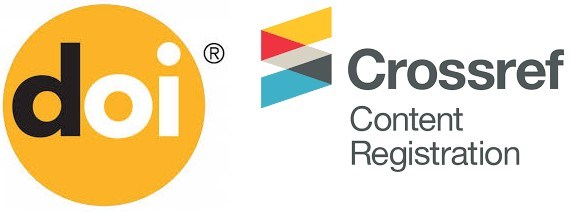A probabilistic model of inventories by independent demand by using GRASP
DOI:
https://doi.org/10.46480/esj.4.1.42Keywords:
GRASP algorithm, Monte Carlo simulation, Inventory management, Demand, MetaheuristicAbstract
The objective of this study is to minimize the unnecessary order expense made by the diaper “The best diaper bag”, due to the low demand that certain products have. This problem arises because the owners have an incorrect perception of the demand for the products, placing orders empirically causing surpluses of these in the establishment and therefore there are monetary losses. To carry out the objective of this study, a methodology will be implemented that involves the application of the algorithm Greedy Randomized Adaptive Search Procedure (GRASP) and Monte Carlo simulation, which will allow estimating how the demand of the products will behave in the year 2020 taking the historical data of the business of the year 2017, 2018, 2019, generating the second half of the year 2019 with the Monte Carlo simulation. Obtaining as a result that simulation and metaheuristic methods give values close to reality, the result was a 19.33% reduction in expenses for 1 product.
Downloads
References
Causado Rodríguez, E. (2015). Modelo de inventarios para control económico de pedidos en empresa comercializadora de alimentos. Revista Ingenierías Universidad de Medellín, 14(27), 163–178. https://doi.org/10.22395/rium.v14n27a10
Cevallos-Torres, L., & Botto-Tobar, M. (2019a). Case study: Probabilistic estimates in the application of inventory models for perishable products in SMEs. In Problem-Based Learning: A Didactic Strategy in the Teaching of System Simulation (pp. 123–132). Springer.
Cevallos-Torres, L., & Botto-Tobar, M. (2019b). Problem-Based Learning: A Didactic Strategy in the Teaching of System Simulation (Vol. 824). Cham: Springer International Publishing. https://doi.org/10.1007/978-3-030-13393-1
Claro, M. (2014). Simulart.
Lizarazo Sayas, J. E., Pérez Quintero, E. J., & Villabona Gómez. (2017). APLICACIÓN DE TEORÍAS DE INVENTARIOS: MODELO DE SUMINISTRO DE MEDICAMENTOS PARA "LA CAJA DE PREVISIÓN DE LA UNIVERSIDAD DE. Universidad de Cartagena.
Mayes, T. R., & Shank, T. M. (2009). Análisis financiero con microsoft Excel.
Mora, W., & Espinoza B., J. L. (2005). Programación Visual Basic (VBA) para Excel y Análisis Numérico. Retrieved from https://tecdigital.tec.ac.cr/revistamatematica/cursos-linea/NUMERICO/excel/VBAExcel-MNumericos.pdf
Morocho, R. (2015). La gestión del control de los inventarios y su incidencia en la rentabilidad de la empresa. TESIS DE UNIDAD ACADÉMICA DE CIENCIAS EMPRESARIALES CPA.
Ortega, A. E. R., Pomar, L. A., & Peña, J. P. (2007). Diseño metodológico para la ubicación de ambulancias del sector de atención prehospitalaria en bogotá d.c.1 | Revista Ingeniería Industrial.
Resende, M. G. C., & González, J. L. (2003). GRASP: greedy randomized adaptive search procedures. In Search methodologies. Revista Iberoamericana de Inteligencia Artificial.
Valencia Cárdenas, M., González L., D., & Cardona R., J. E. (2014). Metodología de un modelo de optimización para el pronóstico y manejo de inventarios usando el metaheurístico Tabú. Revista Ingeniería. https://doi.org/10.15517/ring.v24i1.13771
Downloads
Published
Issue
Section
License
Authors retain the copyright of their articles and are therefore free to share, copy, distribute, perform, and publicly communicate their work on their personal websites or in institutional repositories after its publication in this journal, provided that full bibliographic information is given to acknowledge its original publication.































